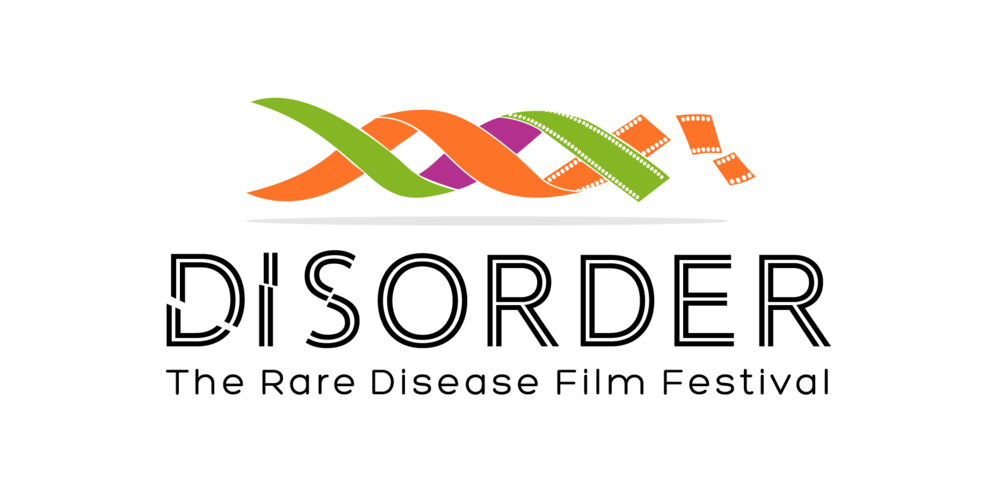This post is not exactly a how-to make videos post. For that, you should read this earlier post.
Perhaps unique to our times of Covid-19 and increased video calls, a lot of people are fatigued by looking at too many Zoom or Google Meet screens with a grid of small faces.
So if you are shooting video in these times it can be a help if you avoid that look.
If your are shooting on your phone or laptop (your phone likely has the better quality camera) try to make your shot look like something other than the head and shoulders perched directly center in front of a computer sort of shot we see in Zoom meetings. Can you go outdoors to shoot? Consider sitting slightly off center or maybe not quite in profile to your camera but what's called three-quarter view.
If you have no choice but to use Zoom or Google Meet or something similar to record interviews, use the mode where one speaker fills the screen. Don't show the grid of other attendees—it's less compelling video. It also looks “cheap” and can trigger Zoom fatigue. Yes, Zoom fatigue is a real thing. It stems in part from the added effort our eyes make to track the expressions on several small faces laid out on one screen. An effort that is so much easier in person with life-sized faces that we never think about doing that work.
Your biggest advantage is you can edit your video before you share it. And you should. Not only to edit out pauses, errors, false starts, or other unwanted sections but to edit in additional material. A big help here is adding b-roll footage. Think of b-roll as related visuals where the audio is less important and doesn't include necessary dialogue. So if you're discussing an injection, can you add in footage of someone in your family getting an injection? Or you could track down stock footage of an injection. Just be sure you acquire the footage properly. Is it royalty-free stock footage, which grants you the right to post it online or broadcast it?
If you're ready to get a little more advanced, consider using two cameras for one interview subject. This could be two phone cameras. You'll need a way to have a reference point for synching them. You see this in Hollywood done with sticks or a slate marker clap board. But you can also do it just by clapping your hands together. Make sure the clap is visible on both cameras and the audio is loud enough for both.
If you want to try two cameras in a Zoom meeting you might invite your guest twice. Once for their laptop camera and once for their cell phone. One could be straight on and the other more profile. But switching between the two views could be less than ideal. This article goes over that type of set up.
It's specific to a live video tool called BeLive but the concepts will apply to other video solutions too.
And for advice on which cameras to use if you don't like your built-in camera options try this article.
